Ethnography research in healthcare.
We offer a full range of ethnographic approaches from in-person to digital, conducted in the home, pharmacy, clinic or hospital setting.
Ethnography in market research is based on the complete immersion of the anthropologist in the culture and everyday life of the people who are the subject of the study. Ethnography goes beyond traditional qualitative methods to explore the ‘unknowns’ and the ‘known unknowns’ using behavioral science principles. It offers key benefits:
- Having an unstructured, empathetic approach
- Based on observation of in-the-moment behaviors
- Brings to life insights through photography and videography
- Shows the relationship between the participant and other stakeholders in their ecosystem.
Methodologies can be categorized by participant observation and non-participant observations. The participant observation is an inside view requiring active participation by the researcher in the respondent’s daily life. In the non-participant approach, the researcher does not actively participate with the people being observed and observes them from a distance as an outsider through extensive field notes and photo/videography where possible. The process allows for a more objective understanding of the context in which the behavior takes place.
The benefits of ethnography research in healthcare.
Ethnographic research can be used in consumer health, global health, pharmaceuticals and medical devices and diagnostics. Ethnography research allows clients to have an immersive experience which provides a closer connection and understanding of the life of the patient. It can also explore insights in the clinical and non-clinical space among various stakeholders including patients, carers, physicians, nurses, pharmacists, technicians, payers and sales reps.
Ethnography can be used to:
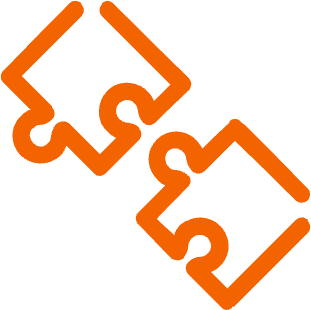
Gain a holistic understanding of the patient journey and experiences
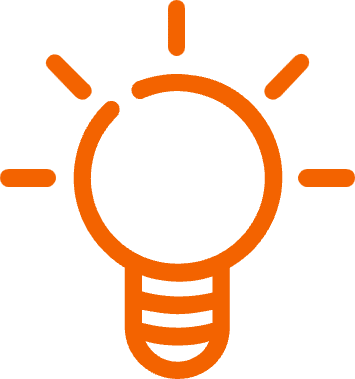
Develop value-added offers to drive differentiation and competitive edge
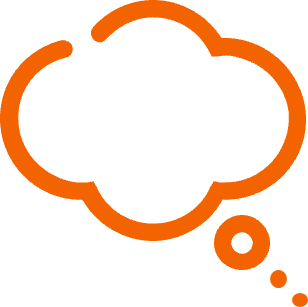
Understand the long-term treatment experience in palliative/residential care
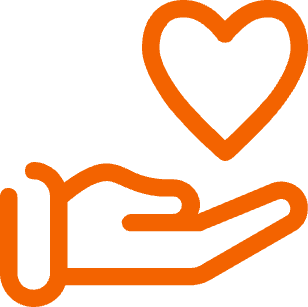
Empower patients in shared decision-making in a consultation moment
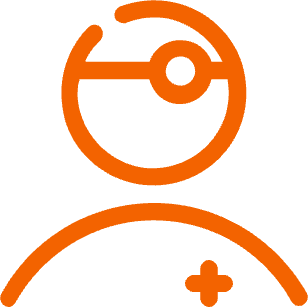
Drive improved patient experience in a clinical setting

Understand customer journey experience
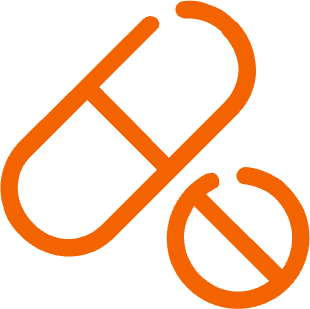
Guide new product development
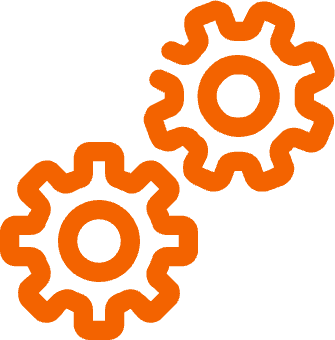
Understand psychographic motivation and behavior-based segmentation and identify typologies based on health-seeking attitudes and behavior
Digital ethnography.
Digital ethnography leverages the principles of pure ethnography by exploring individual experiences from their lens and in their context, using a combination of conversation and observation. Digital ethnography can be applied by using a combined approach of one-to-one ethnographic video interviews and self-ethnography through mobile diaries. Both methods collectively explore four key principles of identity, ecology, behavior and context:
-
Identify
Exploring beliefs, attitudes, motivations and lived experiences to get a deeper understanding of emotional needs. We can use projective techniques through screen sharing and access glimpses of patients’ homes and routines to collect deeper insights.
-
Ecology
The fluidity of digital technology allows us access to the ecosystem giving a holistic view. For patient research, we can capture the perspective of family, friends, co-workers, carers, support groups and HCPs.
-
Behavior
The universal presence and proximity of mobile phones means we can have a consistent engagement which typically ranges between 7-15 days. During this time participants can share images, videos, screen recordings, audio and notes based on certain tasks and activities. A vast amount of data are captured showing a range of in-the-moment behaviors such as rituals, regimented subconscious, adaptive and compensating behaviors that give rich insights into needs, challenges and pain points.
-
Context
Mobile cameras become the window to the participant’s world. They can capture unfiltered experiences of how patients live, how they have structured their homes to manage their condition, where they store their medications and how they administer them. Mobile phones also provide access to restricted environments such as a physician’s office, a pharmacy or a consultation setting.
Why digital ethnography?
Digital ethnography can be used to research both patients and clinicians to drive differentiation and competitive edge, new product development, develop targeted communication strategies and drive demand. These fundamental insights are more
affordable and accessible with digital ethnography and we can delve deeper by capturing a wide variance and diversity in experience and behavior and capture the perspective of multiple stakeholders. It is more cost effective as it saves on travel and can achieve a larger sample, and unlike conventional ethnography, the fieldwork experience is accessible to all stakeholders through dashboard view and backroom access.